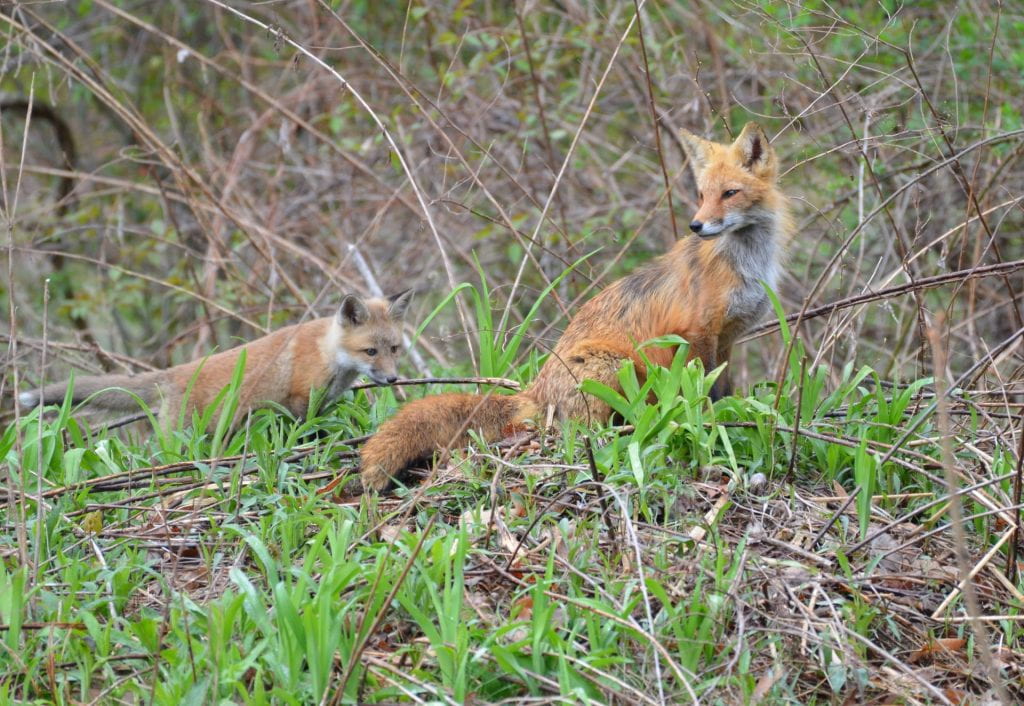
September 2025:

Dr. Bridie Schultz from Brisbane, Australia came to speak with the MassMammals team on Sept. 19. She is a science communicator and educator, who advocates for accessibility of scientific research all over the world. We had an exchange of information about our respective projects and she shared more strategies for communication with our community.
April 2025:

BioBlitzes are a great way to learn about organisms that live in your neighborhood. BioBlitzes started in the 1990’s as a way to find and identify as many different living things as possible in a short time frame. With Earth Day coming up on April 22nd, there are a number of BioBlitzes coming up in the area. The City Nature Challenge in particular has many BioBlitzes running in the area. For instance, there is the City Nature Challenge 2025: Boston Area and City Nature Challenge 2025: Pioneer Valley run through UMass. The iNaturalist Next app provides a way for all community members to identify living things by taking photographs and to contribute to these projects.
Mass Mammals and The Office of Sustainability are proud to announce the launch of a new project, the Amherst Campus BioBlitz! Starting with a table event on Earth Fest, on April 25th, our lab and the Office of Sustainability at Amherst will be teaming up for a campus-wide BioBlitz. The event will help engage our students and faculty with our animal, plant, insect, and fungi community! The duration of the BioBlitz will be from April 25th through April 29th.
February 2025:

Our team embarked on a tracking expedition with Pam Landry, the Wildlife Education Coordinator from the Massachusetts Division of Fisheries & Wildlife!! Pam led a wonderful morning walk by the Quabbin Reservoir to look for mammal tracks in the snow.
Older Updates
Thank you as always for all your support! For more regular updates about our project, sign up for our monthly newsletter by emailing us at citscima@amherst.edu! You can also follow us on Instagram and Facebook @MassMammalsWatch.
Miss a newsletter? Catch up here:
Older Newsletters


You must be logged in to post a comment.